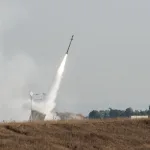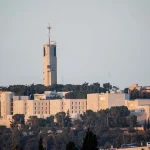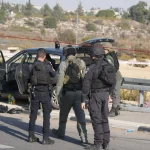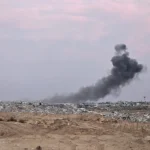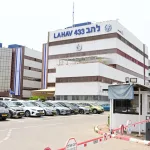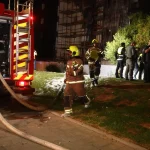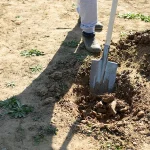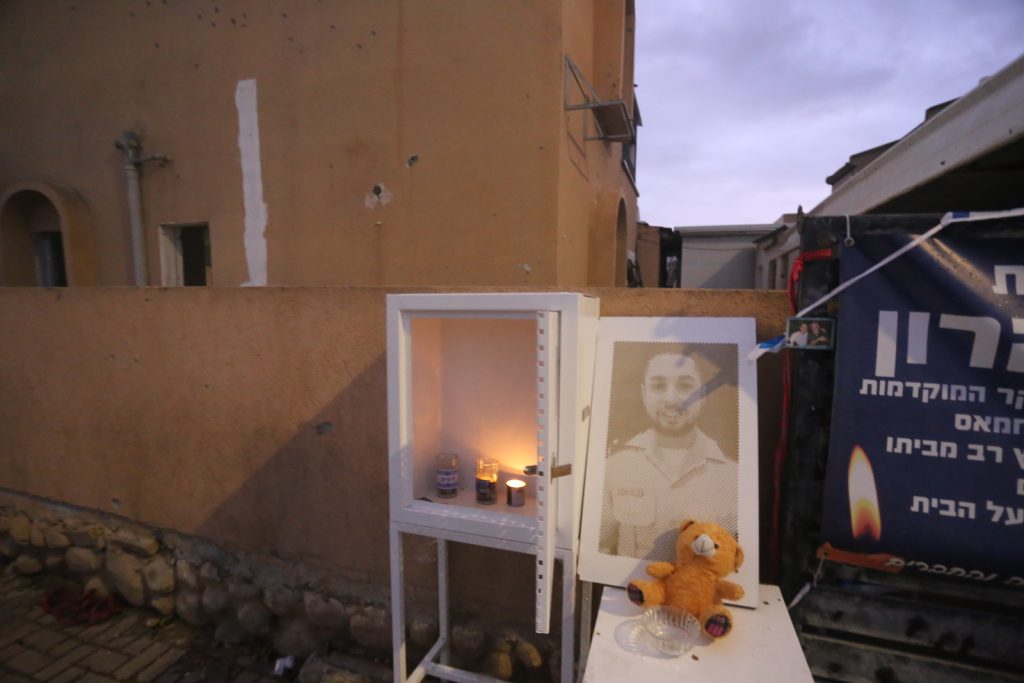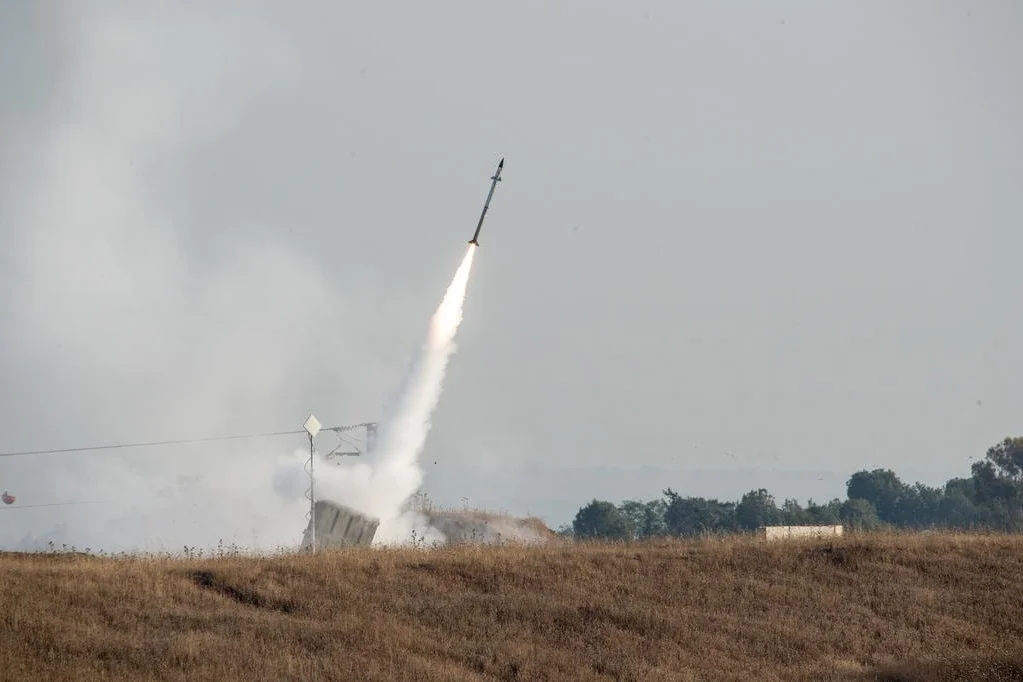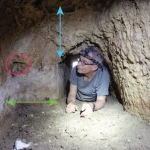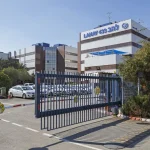Jerusalem, 14 July, 2025 (TPS-IL) — The Israel Defense Forces released its investigation findings on Monday into Hamas’ October 7 attack on Ofakim, concluding that the military failed in its mission to defend the city and that police officers, civilians, and soldiers who engaged the terrorists were responsible for preventing a greater massacre.
The investigation, led by Brig. Gen. Oren Simcha, revealed that 15 terrorists from Hamas’ elite Nukhba force infiltrated the city and murdered 33 people –25 civilians and eight security personnel — before all attackers were eliminated. According to the inquiry, the rapid response by local forces prevented a far greater tragedy.
The attack began at 6:40 AM when terrorists entered Israeli territory on two pickup trucks, reaching Ofakim’s western entrance by 7:08 AM. Within minutes, they began a systematic killing spree, murdering 11 civilians on HaGoren Street after shooting an ambulance driver who had responded to calls for help.
The terrorists strategically targeted the Mishor HaGefen neighborhood, which Hamas had identified as lacking private bomb shelters, expecting residents to venture into streets seeking public protection. Maps seized from the terrorists bore the notation “Neighborhood without protection,” revealing the calculated nature of their assault. The attackers came equipped with weapons sufficient for days of fighting, including explosives, booby traps, and anti-aircraft missiles, indicating they had no intention of surrendering.
Local police and armed civilians immediately engaged the terrorists, forming improvised units to counter the attack. By 7:25 AM, these forces had begun systematically eliminating the attackers, with the main battle concluding within 40 minutes. The investigation highlighted the courage of these initial responders, noting that their action prevented a greater massacre.
However, the IDF forces arrived too late to influence the outcome. The first military company reached Ofakim’s industrial area at 9:10 AM, but mistakenly deployed in the wrong location, requiring a 30-minute march to reach the actual battle site.
The investigation revealed significant coordination failures between military and police forces. On October 7, Ofakim had no alert squad and its command center was not operational. “A police station does not have the means to create a situational picture like an urban command center,” the investigation noted.
Military forces lacked clear situational awareness, with numerous false alarms from frightened residents creating confusion about terrorist locations, the investigation found.
The most complex phase involved five terrorists who barricaded themselves in the home of Rachel and David Edri, taking the elderly couple hostage. Rachel became a symbol of bravery for keeping the terrorists calm by feeding them homemade cookies, singing to them in Arabic, and engaging them in conversation. At the same time, she was able to quietly signal to Israeli officers outside the number of terrorists.
Yamam special forces assumed responsibility for the rescue operation, conducting negotiations and tactical preparations over 14 hours. Deputy Commander Lt. Col. L described the challenge: “We had difficulty locating available forces, so we had to deploy forces from active combat theaters to provide a response in Ofakim as well.”
The Yamam team faced sophisticated resistance from the entrenched terrorists. “The amount of explosives, booby traps, Strella missiles—all of these indicated a clear intention on the part of the terrorists not to surrender. Their level of alertness was very high, and they were well-planned,” the commander explained.
The rescue operation culminated at 2:14 AM on October 8, when Yamam forces stormed the house in a two-minute assault, eliminating four terrorists and freeing the Edri couple unharmed. Three Israeli officers were wounded, including one seriously who returned to participate in subsequent operations.
Ofakim Mayor Itzik Danino reflected on the investigation’s findings: “We heard the truth, and the truth hurts—the IDF was not here when we needed it most. But it is also important to say this—the IDF learned, stabilized and has been operating every day since then on several fronts.”
Monday’s report is the latest in a series of detailed army probes — summaries of which have been released — of how some 5,000 terrorists from Hamas and Palestinian Islamic Jihad managed to attack numerous Israeli communities and overrun the army’s border positions. The army’s chain of command broke amid the chaos and soldiers were outnumbered.
The investigations found that the army misunderstood Hamas’s intentions for years, and as October 7 approached, intelligence about the looming attack was misinterpreted. The military was also more focused on threats from Iran and its proxy, Hezbollah in Lebanon.
The IDF probes only deal with issues of operations, intelligence and command, not decisions made by the political echelon.
Prime Minister Benjamin Netanyahu has resisted calls for a state commission of inquiry, saying he opposes a “politically biased” probe. Critics accuse Netanyahu of delaying the inquiry and trying to water down its mandate.
At least 1,180 people were killed, and 252 Israelis and foreigners were taken hostage in Hamas’s attacks on Israeli communities near the Gaza border on October 7. Of the 50 remaining hostages, around 30 are believed to be dead.





